Possibly the first American view of The Golden Gate ever produced.
The Golden Gate.
Out of stock
Description
This color lithograph is one of the first American views of the Golden Gate ever produced. The perspective looks east from the Pacific Ocean through the Golden Gate and into the Bay of San Francisco. Sailing towards the viewer (and thus into the Pacific), we see two ships exiting the Bay: a small schooner driven forth by sail and a larger steamer veering on a southbound course. From the coloring and lighting, it appears this is an early morning scene, with the sun still emerging from behind the horizon. In the distance, we see a prominent peak, representing either a much exaggerated Angel Island or Mt. Diablo. The image itself is circular but has been framed with a decorative arabesque border of branches and leaves that form a perfect square around it.
Despite our best efforts to identify the origins of this image, we have not been able to determine exactly where it was originally printed or who might have created it in the first place. A printed text on the bottom of the image reads: “Entered according to Act of Congress in the Year 1855 by Tho.s & Sam.l Hardgrove in the clerks office of the District Court of the South.n Dis.t of N.Y.”. However, we have found no evidence to identify the brothers Hardgrove, nor have we been able to find clues as to the artist or the original venue for its publication. Furthermore, we have not been able to locate a single institutional copy of this early view.
The purpose of the piece is also a mystery. It could also be related to a variety of types of print matter, such as invitations, stationery, or songs. Our best hypothesis is that it is some type of product label, which might also explain why it has been printed asymmetrically on the sheet (i.e. along the right fringe of the paper rather than centered).
What we have discovered, however, is that up until 1855, only very few images of the Golden Gate exist, and these are almost always early drawings and sketches (or reproductions of them). One such example is Daniel Wadsworth Coit’s pencil drawing from 1849, which now is held in the Bancroft Library of UC Berkeley (Call no. BANC PIC 1899.001:08—fALB). Another is a gorgeous watercolor by Pennsylvania-born artist William Henry Meyers, who first came to San Francisco during the US-Mexican War but stayed there to document the Gold Rush. Like Coit’s drawing, Meyers’ watercolor is also held in the Bancroft Library (Call no. BANC PIC 1981.029—FR).
There are even earlier depictions than these, but in most cases these are either executed and printed by visiting Europeans (e.g. French surveyor Romuald Georges Menard’s depiction from around 1839 or Fritz Wikersheim’s drawing of the Golden Gate as seen from Telegraph Hill in San Francisco, c. 1848) or they have only survived in the early photographic records of people such as Charles C Pierce (California Historical Society No. UC139289).
For actual color lithographs produced in the United States by Americans, the best contemporary example is a dramatic composition by the American artist Thomas A. Ayres (1816-1858) and lithographed by Kuchel & Dressel published by the iconic San Francisco printers Britton & Rey. Like our lithograph, this is undated but was inscribed in the Library of Congress the same year and under the same law as our image. Neither the Ayres nor our image are found among the digitized holdings of the Library of Congress (although an example of the Ayres print is held in the Bancroft Library: Call no. BANC PIC 1963.002:1402—FR).
Ultimately, it is extremely difficult to determine exactly which of these two renditions is the earliest and thus the first separately-published American view of this iconic San Francisco landmark. However, it is apparent that when our image was first printed, only a handful of such depictions would have existed in the world.
Cartographer(s):
Condition Description
Very good. Even toning. Some discoloration along edge far from image. While the framed motif measures 12.5 by 12.5 centimeters (5 x 5"), it was printed on a larger leaf measuring 22 by 17.3 cm (8¾ x 6¾").
References
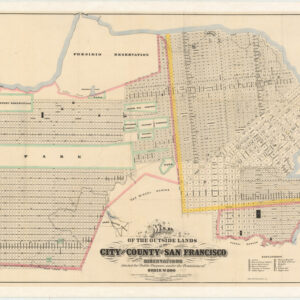
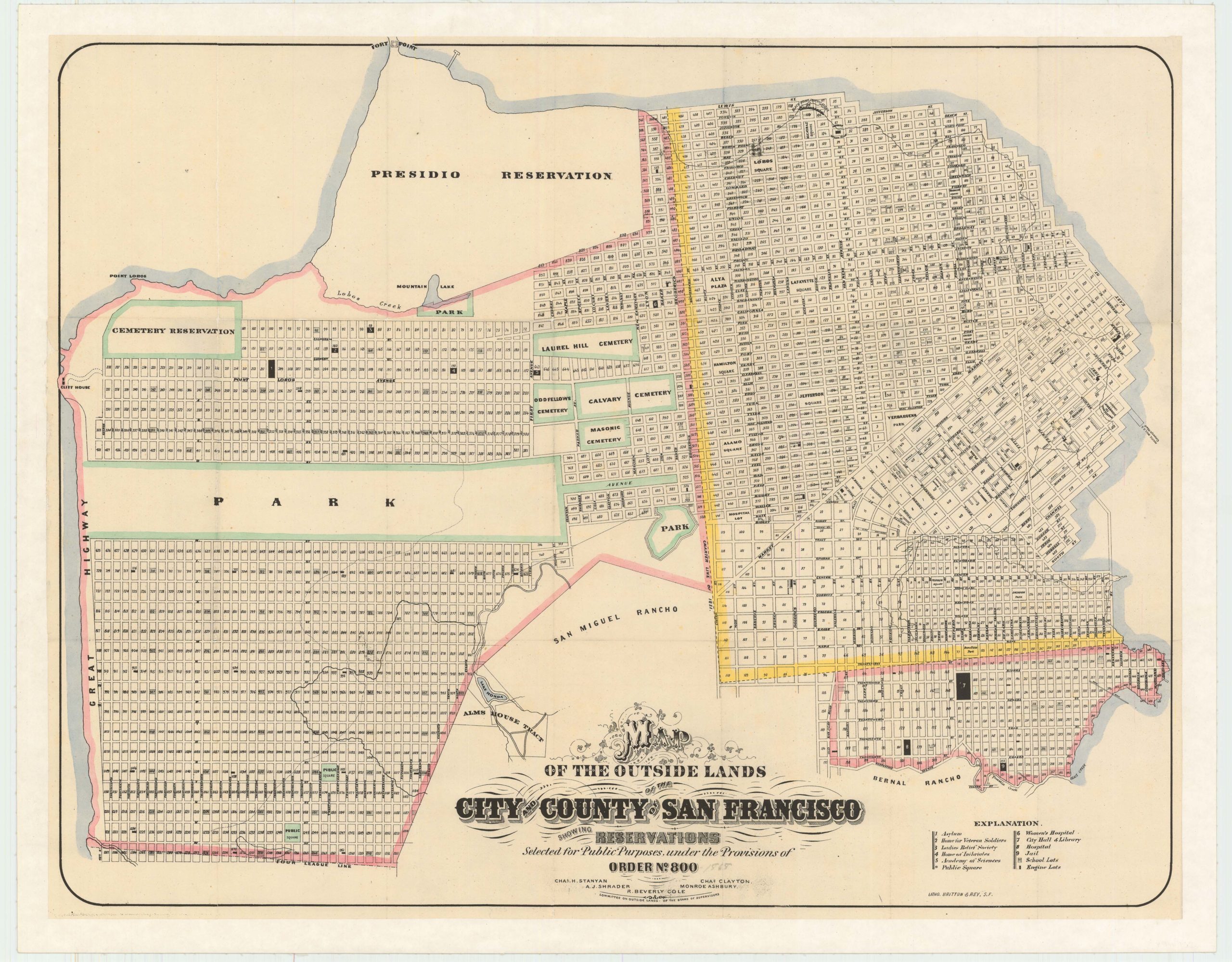
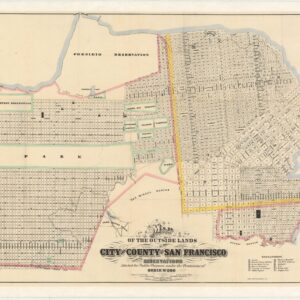
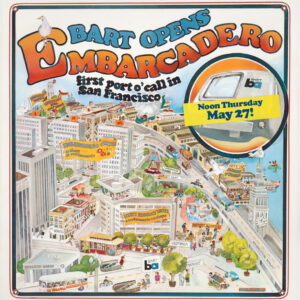
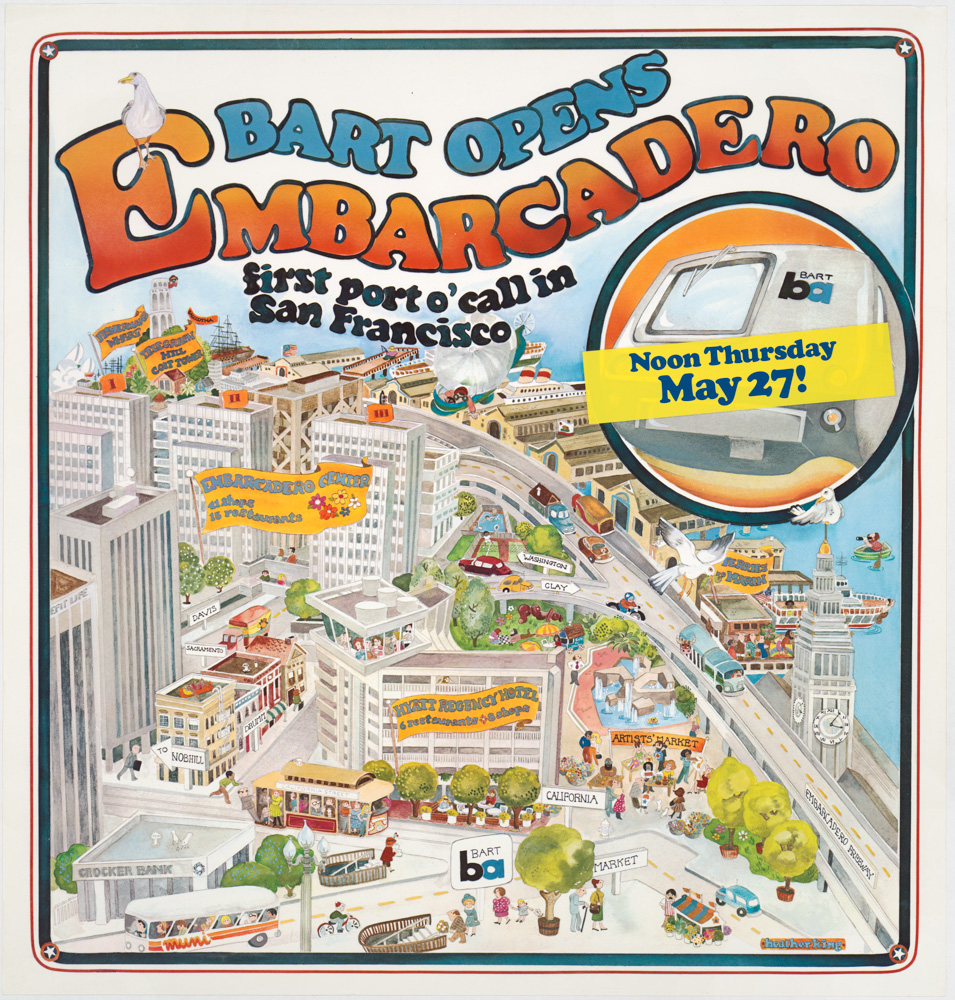


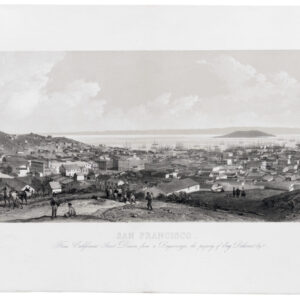
![PORT OF SAN FRANCISCO. WHERE THE FAR EAST BEGINS [Japanese language version]](https://neatlinemaps.com/wp-content/uploads/2021/01/NL-00879_Thumbnail-300x300.jpg)
![PORT OF SAN FRANCISCO. WHERE THE FAR EAST BEGINS [Japanese language version]](https://neatlinemaps.com/wp-content/uploads/2021/01/NL-00879_Thumbnail.jpg)